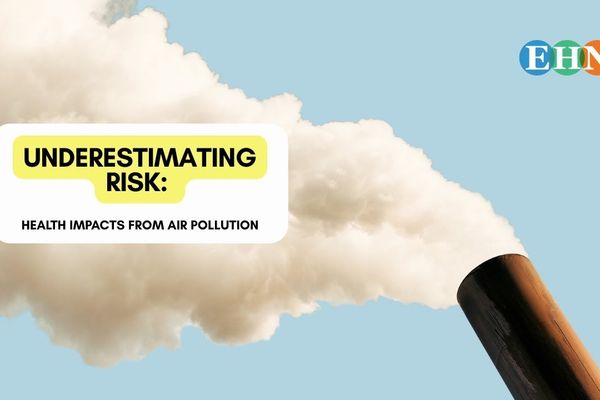
Wildfire survivors face insurance battles over toxic smoke damage
Homeowners in Los Angeles whose properties survived recent wildfires are discovering that their insurance policies may not cover the costly cleanup of toxic soot and ash, leaving them with significant financial burdens.
Anna Phillips reports for The Washington Post.
In short:
- Many homeowners insured through California’s FAIR Plan are being denied coverage for smoke contamination, with insurers only paying for “permanent physical changes” rather than toxic residues.
- California regulators previously found that the FAIR Plan’s smoke-damage policies violated state law, but enforcement remains weak, and homeowners face long legal battles.
- Some residents have spent thousands on cleaning efforts, only to experience health problems from lingering contaminants, while others are considering lawsuits to force insurers to pay for remediation.
Key quote:
“You think you have insurance that will make things easy, and now it’s just a full-time job battling to try to keep your family safe.”
— Damian Horan, FAIR Plan policyholder, wildfire survivor, and cancer survivor
Why this matters:
Wildfires don’t just destroy homes — they leave behind toxic chemicals that can linger for months or years, threatening residents’ health. Soot and ash from burned plastics, electronics, and chemicals can seep into walls, carpets, and HVAC systems, exposing families to long-term health risks like respiratory issues and cancer. As climate change fuels more frequent and intense fires, insurers are retreating both from high-risk areas and from adequate cleanup coverage, leaving homeowners with few options for protection or recovery.
Learn more: California plans significant changes to insurance rules as wildfires increase risk














